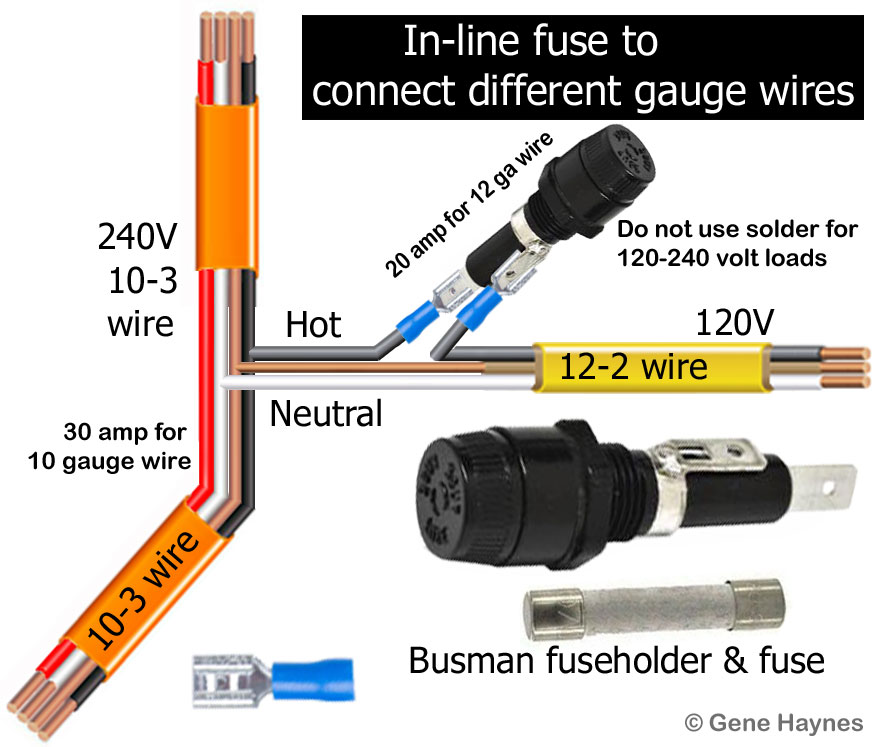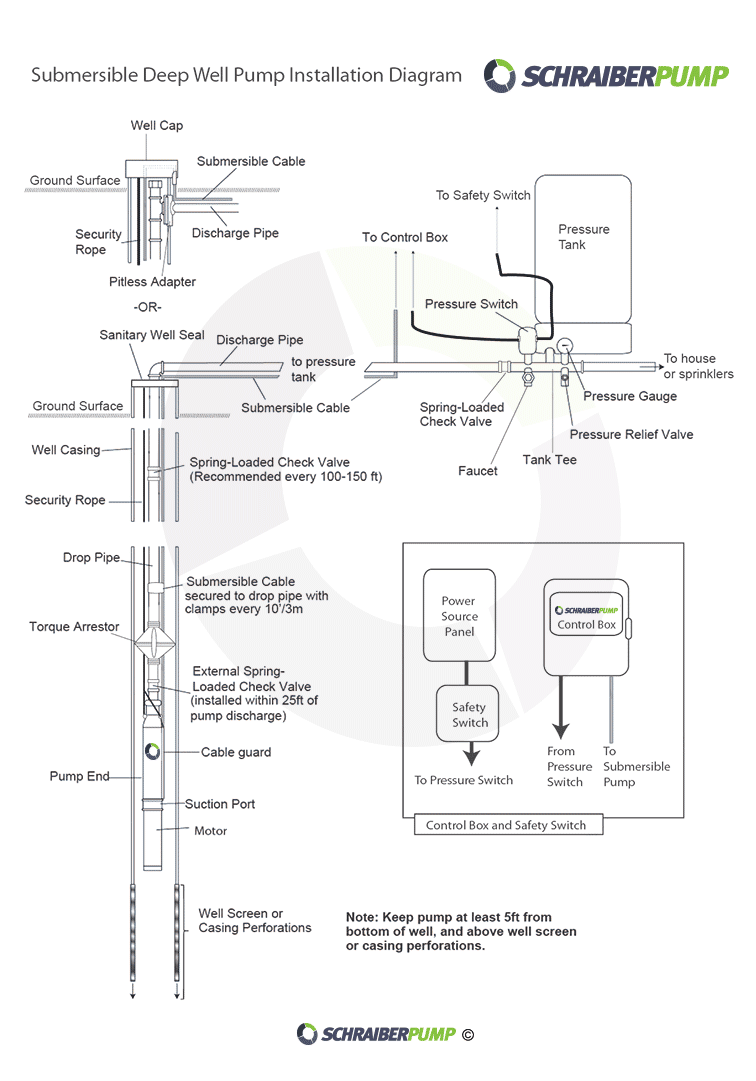Well, let’s talk about them water pumps, you know, the ones that get you the water from the ground. Are they 110 or 220? That’s what folks keep askin’. Honestly, it ain’t always so simple, like pickin’ beans. Some are this, some are that.
First off, you gotta know what kinda pump you got. Them old timers, the ones been buried in the ground for years, they’re usually 220, see? They need more juice, I reckon. If it’s a new one, could be either way, 110 or 220. You gotta look, or maybe ask the fella who put it in, if he’s still around.
Now, why does it matter, you ask? Well, it’s like this, you can’t just hook up any ol’ thing to any ol’ wire. It’s gotta match, see? If you got a 220 pump and you try to run it on 110, it ain’t gonna work right. Maybe it won’t even start. Or worse, you could mess it up real bad, burn it out like a forgotten pot on the stove. That’s gonna cost you, and nobody wants that.

- Checking the Breaker: One way to figure it out is to look at your breaker box, you know, that metal thingy with all them switches. If the switch for the pump is a small one, just takes up one spot, that’s probably 110. If it’s a bigger one, takes up two spots, that’s likely 220. That’s what the fella down at the hardware store told me once. He seemed to know his stuff.
- Look at the Wires: Another thing you can do is look at the wires, where they go into the pump or the pressure switch. Now, be careful, don’t go pokin’ around if you don’t know what you’re doin’. Electricity ain’t somethin’ to mess with. But if you can see, and there are just two wires, it could be 110, but if there are three wires, a black, a red and a white one, that’s a good sign it’s 220. That’s how my nephew explained it to me, the one who went to city college for a bit.
- Peekin’ at the Pump: Sometimes, they write it right on the pump itself, what voltage it needs. But them stickers, they fall off sometimes, or get all faded you can’t read nothin. So, don’t always count on that.
Now some folks ask, can you run a 220 pump on 110? Well, some say you can, but it ain’t gonna work right, I tell ya. It’ll be weak, like an old man tryin’ to lift a heavy sack of potatoes. It might pump a little water, but not enough, and it’ll probably burn itself out quick.
And what about them generators? You know, when the power goes out, you need somethin’ to keep that pump runnin’. Well, if your pump is 220, you need a generator that can give you 220. A little 110 generator ain’t gonna cut it, not for a 220 pump. It’s like tryin’ to pull a wagon with a mule instead of a horse.
Then there’s the pressure switch, that little box that turns the pump on and off. You can check the voltage there too, with one of them meter thingies. But like I said, be careful, messin’ with electricity is dangerous. Get someone who knows what they’re doing if you’re not sure.
So, which is better, 110 or 220? Well, some folks say 220 is more reliable, gives you more power. But if your pump is made for 110, then that’s what you gotta use. It ain’t about better or worse, it’s about matchin’ things up right.
And listen, if you got an old pump, and it’s workin’ fine, don’t go messin’ with it. Leave it be. Like they say, if it ain’t broke, don’t fix it. That’s the best advice I can give ya.
But if you’re gettin’ a new pump, or if you’re havin’ trouble with your old one, it’s best to figure out what voltage it needs, and make sure you’re hookin’ it up right. Ask someone who knows, a well man or an electrician. It’s better to be safe than sorry, that’s what I always say. Don’t want you endin’ up with no water, or worse.
Now, I ain’t no expert, I’m just tellin’ ya what I’ve heard and what I’ve seen. But I hope it helps you figure out if your well pump is 110 or 220. Just remember to be careful, and if you’re not sure, ask someone who knows. That’s the smartest thing to do, for sure.
















